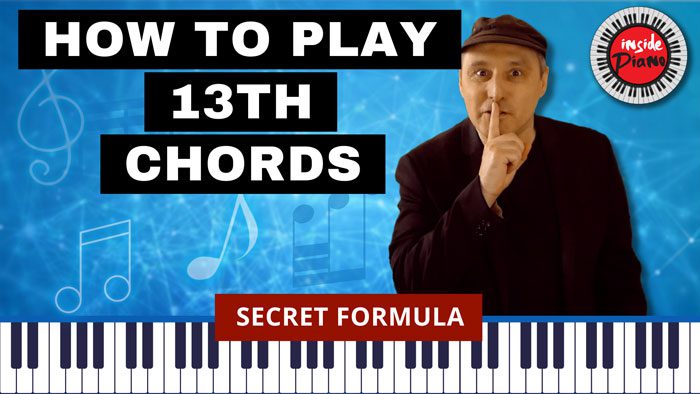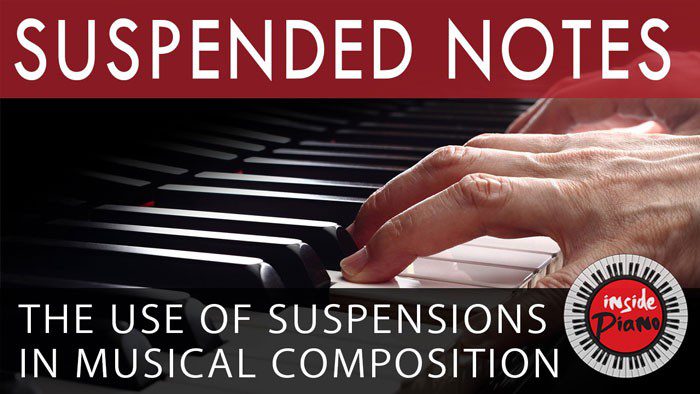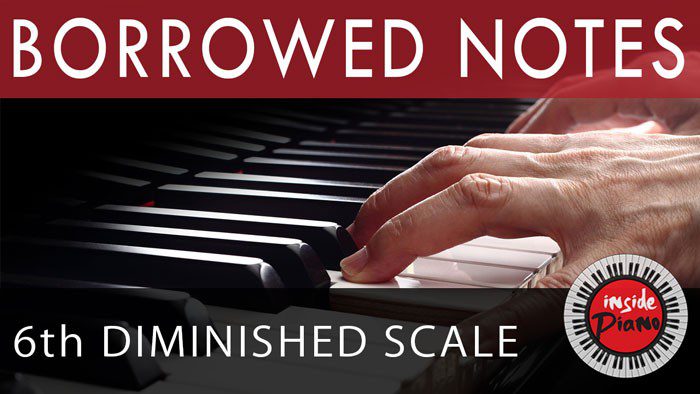Why are the Basic Musical Elements Important
The Elements
Even ‘Physics’ applies to ‘Music.’ The Law of Gravity applies to counterpoint in measuring the levels of stability of the chords. But, when playing the piano, it is far more helpful to see Music as a Language.
How it Works
Although music is not a language semantically, we use the syntactic area of our brain when improvising on the piano. When we play music, we use the area of the brain that interprets the structure of sentences. The brain region that responds to musical and spoken conversation although not the same, overlaps.
The mathematical approach to music theory is useful for Harmony and Counterpoint in music composition. But playing it’s a different neurological process “it is more helpful to relate music to words than to E=mc2.” Music words are mathematical expressions on themselves, shifting our perception when we see music as a language, will allow those laws of math and physics to happen in the background, out of the way of our creativity.
Music has words, grammar, and syntax. Harmony and counterpoint are the grammar and syntax of the music, and we need them to make sense of these words and give them a structure to create sentences and phrases. Words are formed by making syllables using the intervals, primary triads, chords, and scales.
To become more fluent in the language of music, all of the essential elements have to be part of our subconscious. To do that, we have to know how “all” of these triads relate to each other. “Speaking is a “global process” we need to know “all of the 12 triads”, major and minor. “Not just the major triads of the major scale” or “the minor triads of the major scale.” We need to be familiar with how their relationship sounds.






